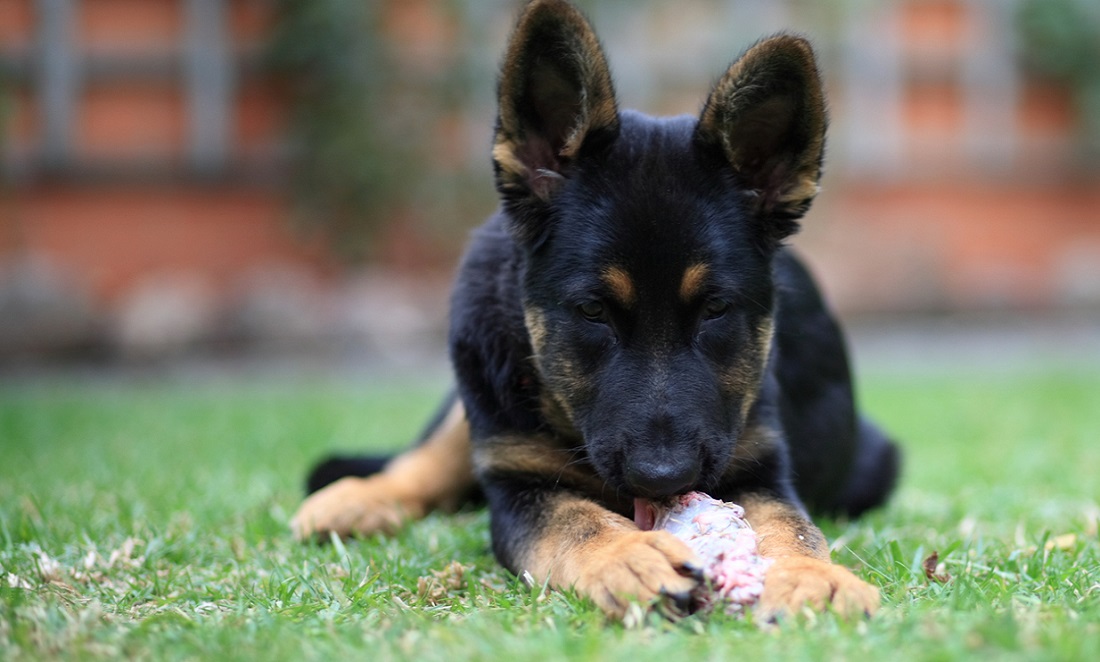Dutch scientists are warning well-meaning pet owners that raw meat can easily become contaminated with bacteria and parasites.
These can harm pets as well as be passed to their well-meaning owners by a friendly lick or sharing of the bed.
And there seems to be no scientific evidence that a raw diet is actually better after all.
Bugs found in frozen raw meat
Scientists from Utrecht University in the Netherlands tested 35 commercial frozen raw meat-based diets from eight different brands.
They found 80% of raw food products contained levels of the antibiotic resistant E. coli, as well as Salmonella, Listeria and some parasites.
Infection and disease can result in the animals from eating these products, but they can also be passed out into the environment.
They can be transmitted to their owners by direct contact or cross-contamination in the kitchen when preparing food.
E. coli, for example, is commonly found in human intestines.
Many strains are harmless and symptomless, but some may be life-threatening if untreated.
And even more worrying, some strains have also become resistant to antibiotics used to treat infections, making them difficult to treat.
Freezing fails to do the job
Disease expert Dr Ihab Habib from Murdoch Uni says the Australian pet food industry operates under a strict standard.
“This is across the entire process of pet food production to assure production and sale of safe and nutritious pet foods to Australian pet owners,” he says.
He says the controversy raised by the Dutch study around the raw meaty bones diets (RMBDs) used for pets is not new.
“While freezing RMBDs for 3 days before feeding it to your pet will reduce the risk of many parasites, some bacteria will not be killed by the freezing process.”
He says this concern is almost nil for heat-treated diets such as meat rolls you buy from supermarkets or canned and dried diets in pet shops.
Good food-handling practices essential
Ihab says it is important to educate pet owners to protect themselves and their pets by adopting some good practices.
“For instance, it is very important to wash hands and surfaces after handling raw pet food.”
It is also important to consider the exposure of raw pet food to infants, young children and those with a weakened immune system.
“Infants and young children are especially at risk for illness.”
“Their immune systems are still developing, and they are more likely than others to put their fingers or other items into their mouths.”
He says pet owners are also advised to keep raw pet food away from other foods while stored in the fridge or freezer.
Ihab and his colleagues at Murdoch University are researching this hot topic thanks to funding last year by Murdoch Vet Trust.
They are sampling RMBDs from WA supermarkets and pet shops to screen for Salmonella and test for antimicrobial resistance. Results are expected by the end of 2018.









